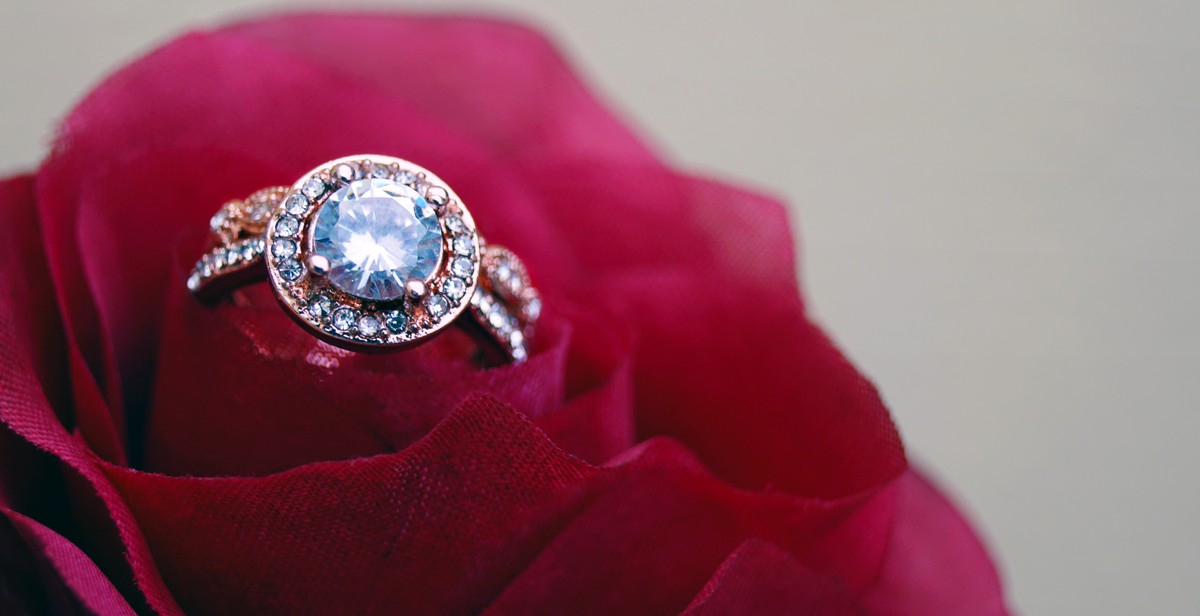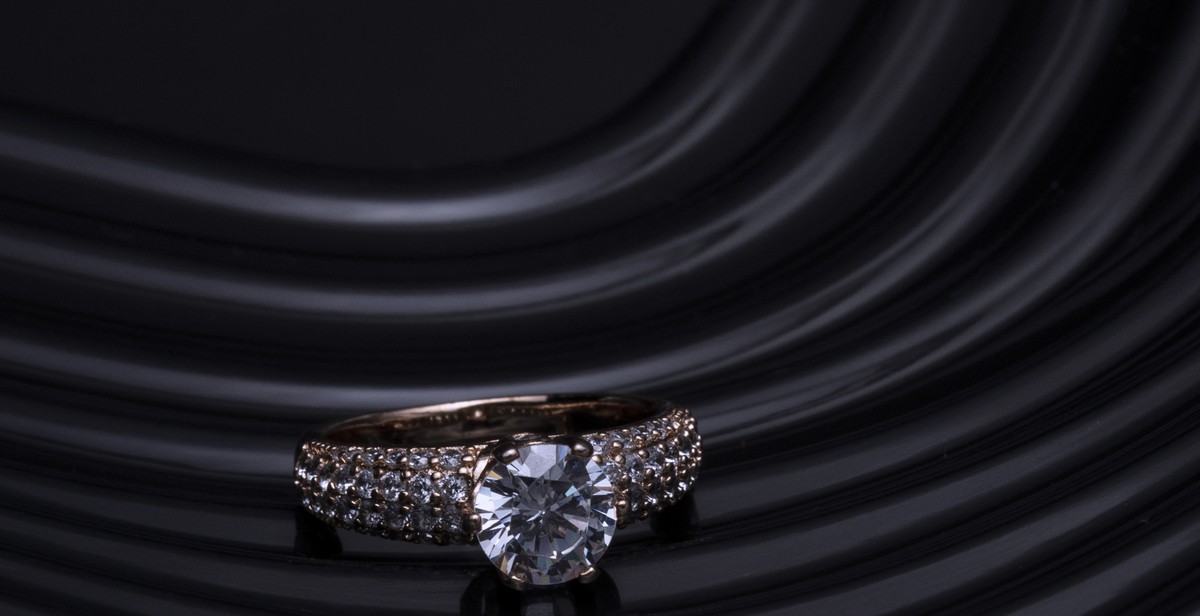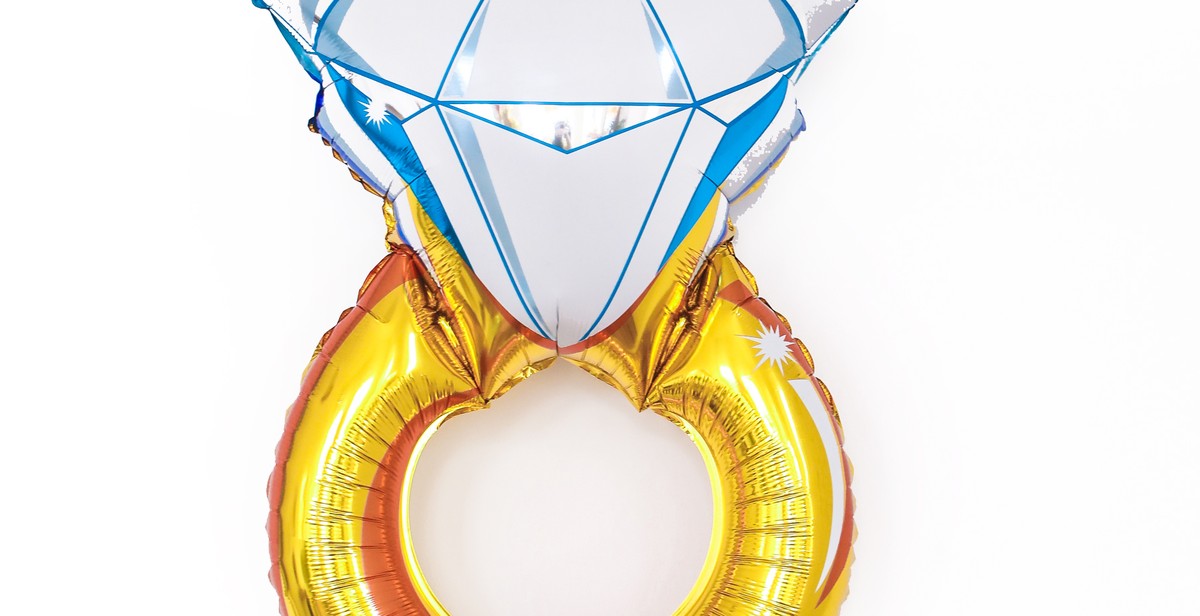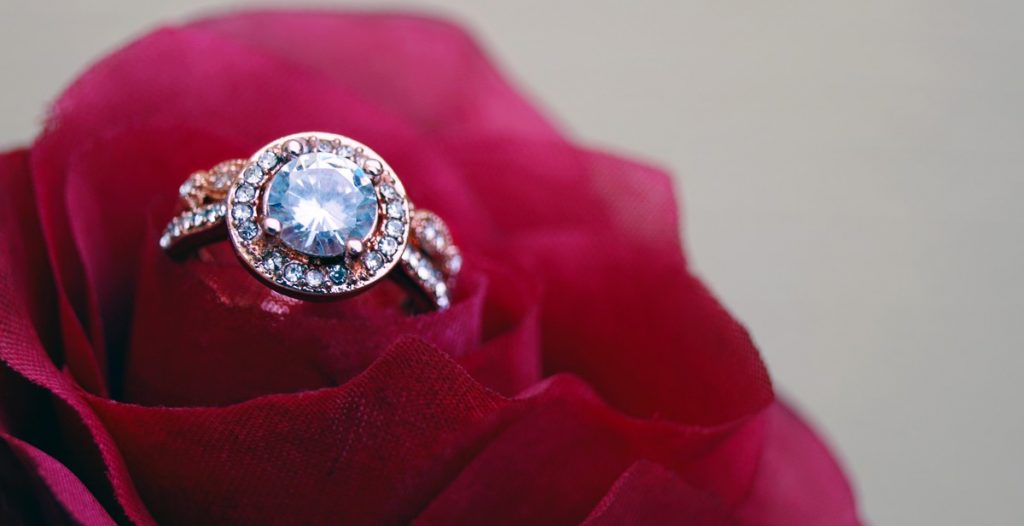Introduction
A diamond engagement ring is a precious piece of jewelry that symbolizes love, commitment, and devotion. It is a ring that is given by one partner to another as a promise of marriage. The tradition of giving a diamond engagement ring dates back to the ancient Egyptians, who believed that the circle represented eternity and the hole in the center represented a gateway to the future.
What is a diamond engagement ring?
A diamond engagement ring is a ring that features a diamond or diamonds as the centerpiece. The diamond is typically set in a metal band, which may be made from gold, platinum, or another precious metal. Diamond engagement rings come in a variety of styles, including solitaire, halo, and three-stone. The diamond is chosen for its beauty and brilliance, and the size and quality of the diamond can vary depending on the budget of the person buying the ring.
What is the significance of the number of prongs on a diamond engagement ring?
The number of prongs on a diamond engagement ring is significant because it affects the security and appearance of the diamond. Prongs are the metal claws that hold the diamond in place on the band. The more prongs a ring has, the more secure the diamond will be. However, more prongs can also make the diamond look smaller and less brilliant. The most common number of prongs on a diamond engagement ring is four or six, although some rings may have more or less depending on the style and design.

The Significance of the Number of Prongs
When it comes to diamond engagement rings, the number of prongs can play a significant role in the overall look, feel, and security of the ring. The prongs are the small metal claws that hold the diamond in place, and their number can affect the diamond’s appearance and durability.
Why does the number of prongs matter?
The number of prongs can affect the diamond’s security and how much of it is visible. A higher number of prongs can provide more security for the diamond, as it will be held in place by more metal claws. However, more prongs can also obscure the diamond’s brilliance and make it appear smaller. On the other hand, a lower number of prongs can make the diamond appear larger and more brilliant, but it may also be less secure.
What is the most common number of prongs?
The most common number of prongs for diamond engagement rings is four. Four prongs provide a good balance between security and visibility, as they hold the diamond securely in place while allowing maximum light to enter and reflect off the diamond’s facets.
What are the advantages of a higher or lower number of prongs?
A higher number of prongs, such as six or eight, can provide more security for the diamond. This is because more metal claws are holding the diamond in place, which reduces the risk of it falling out of the setting. Additionally, more prongs can create a more intricate and detailed design, which can be visually appealing. However, more prongs can also obscure the diamond’s brilliance and make it appear smaller.
A lower number of prongs, such as three, can make the diamond appear larger and more brilliant. This is because fewer metal claws are holding the diamond in place, which allows more light to enter and reflect off the diamond’s facets. Additionally, a lower number of prongs can create a more minimalistic and modern design, which can be visually appealing. However, a lower number of prongs can also make the diamond less secure, as there are fewer metal claws holding it in place.
- Four prongs: A good balance between security and visibility
- Six or eight prongs: More security and intricate design, but may obscure the diamond’s brilliance
- Three prongs: Larger and more brilliant diamond, but less secure

Factors to Consider When Choosing the Number of Prongs
Choosing the perfect engagement ring can be a daunting task. One of the most important decisions to make is the number of prongs to choose for the diamond. The number of prongs on an engagement ring can have a significant impact on the overall appearance and durability of the ring. Here are some factors to consider when selecting the number of prongs for your diamond engagement ring:
Diamond Size and Shape
The size and shape of your diamond are important factors to consider when choosing the number of prongs. A larger diamond may require more prongs to hold it securely in place. For example, a round diamond with a diameter of 6mm or more may require six prongs for maximum security. On the other hand, a smaller diamond may only require four prongs to hold it securely. Additionally, the shape of the diamond can also impact the number of prongs needed. For instance, a pear-shaped diamond may require more prongs to keep it from twisting or turning in the setting.
Lifestyle and Occupation
Your lifestyle and occupation can also impact the number of prongs you should choose for your engagement ring. If you have an active lifestyle or work in a job that requires manual labor, you may want to consider a setting with more prongs to keep your diamond secure. Additionally, if you frequently use your hands in your daily activities, a setting with fewer prongs may be more comfortable and practical.
Personal Preference
Ultimately, your personal preference should be a significant factor in determining the number of prongs for your engagement ring. Some people prefer the look of a diamond with fewer prongs, as it can give the stone a more open and unobstructed appearance. Others may prefer more prongs for added security and peace of mind. Additionally, the style of the ring may also impact your decision. For example, a vintage-style ring may look more authentic with six or eight prongs, while a modern, minimalist ring may look better with four prongs.
- Consider the size and shape of your diamond
- Think about your lifestyle and occupation
- Take your personal preference into account
Overall, the number of prongs you choose for your diamond engagement ring will depend on a variety of factors, including the size and shape of your diamond, your lifestyle and occupation, and your personal preference. By considering these factors carefully, you can select the perfect number of prongs to ensure your ring is both secure and beautiful.

Conclusion
Choosing an engagement ring is a significant decision, and the number of prongs on the ring can play a crucial role in its overall appearance and durability.
The number of prongs on a diamond engagement ring affects the way the diamond is held in place and how much light it reflects. While a four-prong setting is the most common, a six-prong setting can provide extra security and a more traditional look.
It is essential to consider the wearer’s lifestyle and preferences when selecting an engagement ring. A ring with fewer prongs may be more comfortable to wear, while a ring with more prongs may be better suited for an active lifestyle.
Ultimately, the number of prongs on a diamond engagement ring is a personal preference, and there is no right or wrong choice. Whether you opt for a classic four-prong setting or a more secure six-prong setting, the most important thing is to select a ring that reflects your love and commitment to your partner.
- Consider the wearer’s lifestyle and preferences when selecting a ring
- Choose a ring that reflects your love and commitment to your partner
- Whether you opt for a classic four-prong setting or a more secure six-prong setting, there is no right or wrong choice
By keeping these factors in mind, you can choose the perfect engagement ring that will symbolize your commitment and love for years to come.

